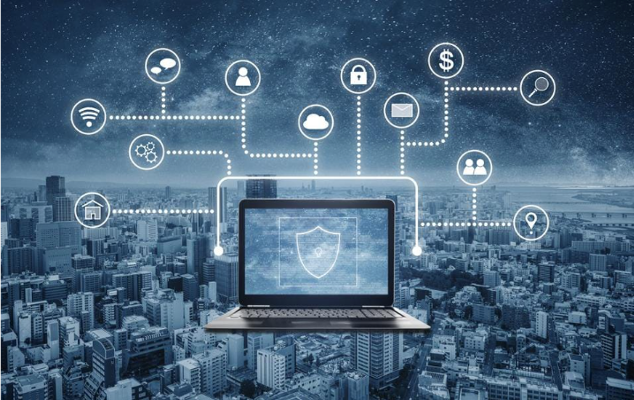Don’t Be a Cyberwar Victim. Become Digitally Resilient.
With every business now a digital business, it’s opening up vulnerabilities for cyberattacks. To protect your organization, aim for speed, unification and simplicity.
Digital resilience is more than just a good idea, and it should be more than just another IT cost center. In fact, digital resilience supports the business and just happens to be your organization’s best and strongest defense against today’s cyberwar.
But isn’t cyberwar an overstatement? Not when a recent ransomware attack shut down a 5,500-mile-long pipeline for gasoline and jet fuel. Not when credit bureau Experian had a security flaw that exposed the records of tens of millions of consumers. And not when even the police — in this case, the Washington, D.C., department — are themselves the victim of cyberattacks.
Given this environment, you don’t want your organization to be the low-hanging fruit. After all, that’s what cybercriminals attack first. Organizations are not guarded properly when they have easily guessed passwords, endpoints with out-of-date or missing antivirus software, and untrained employees who can be deceived into clicking phishing links.
Digital resilience to the rescue
To avoid this fate, it’s vital that you first harden your most critical infrastructure. Then securing the next tier — support systems and endpoints — is just as important. And that’s where digital resilience comes in.
Your organization is only as resilient as the technology that runs it. When your technology stops, so does your business. And if your organization relies on fragmented fixes such as endpoint patchwork solutions, it’s not really resilient.
That’s because resilience is born out of unity. Digitally resilient organizations have a unified way to keep all systems up to date, respond quickly to security breaches, and dramatically reduce the time between disruption and recovery. All this requires a single source of truth, ideally on a single platform.
4 steps to greater digital resilience
So how can your organization become more digitally resilient? Here are 4 steps that can help:
- Pick up the pace: While speed is an essential component of resilience, most of today’s security tools were not built with speed in mind. As a result, when an attack occurs, these tools leave the security team scrambling for answers. Often, compiling a full report can take days, even weeks.Clearly, a speedier approach is needed. The faster you can respond to a security breach, the less damage — financial, operational and reputational — your organization need suffer. Ideally, you can move as fast as your attackers. That way, you can first quickly detect a hacker’s location in your network, then stop them dead in their tracks, before they’ve done much damage.
- Unify your networks: When it comes to securing your networks, too much tech diversity can actually be a handicap. For example, many organizations operate servers running different versions of Windows Server, some over a decade old, as well as others running the latest version. Given so much variation, detecting anomalous or suspicious behavior can be slow and difficult.The solution? Simplify that setup by moving quickly toward a single OS — ideally, the latest, most secure version. It’s also important to eliminate unnecessary redundancy of applications — focus on platforms instead. Then keeping these systems secure will be faster and more effective.
- Simplify, too: The simpler your setup, the easier it is to secure. Conversely, the more complicated your setup, the more inconsistency you have, and the more difficult it is for your team to provide effective security.Endpoint protection is a case in point. Many organizations run a patchwork of endpoint agents, and that’s complex. It’s far better to unify the endpoints under a single solution. That also can let you remove network gear, eliminate endpoint processes, even unify some of your security and operations teams.Simplification also eases and speeds recovery. If your organization becomes a cyberwar victim, you’ll want to rebuild with the least amount of operational disruption. For example, let’s say you need to replace an infected laptop with a new one. Without simplification, you’ll need to consider a long list of interactions and services. But with simplification, you could have that new PC fully configured and protected in as little as 10 minutes.
- Change, but always deliberately: When moving toward greater digital resiliency, don’t change just for the sake of change. Instead, make sure your new practices line up with your organization’s business needs.Keep in mind, 100% cybersecurity is impossible. But if you make your organization digitally resilient with greater speed, unification and simplification, then you’re doing the best that’s possible.
How Tanium can help
Are you looking to make your organization more digitally resilient? Then you should also take a look at Tanium.
Tanium’s unified approach to endpoint management and security gives you the ability to tackle security issues from a single platform. With Tanium, becoming digitally resilient is fast, unified and simple.
Find out today how Tanium can help you defend your organization against cyberwar by becoming digitally resilient.
And learn more from this related video chat: How Operational Resilience Factors into the Real State of Affairs



